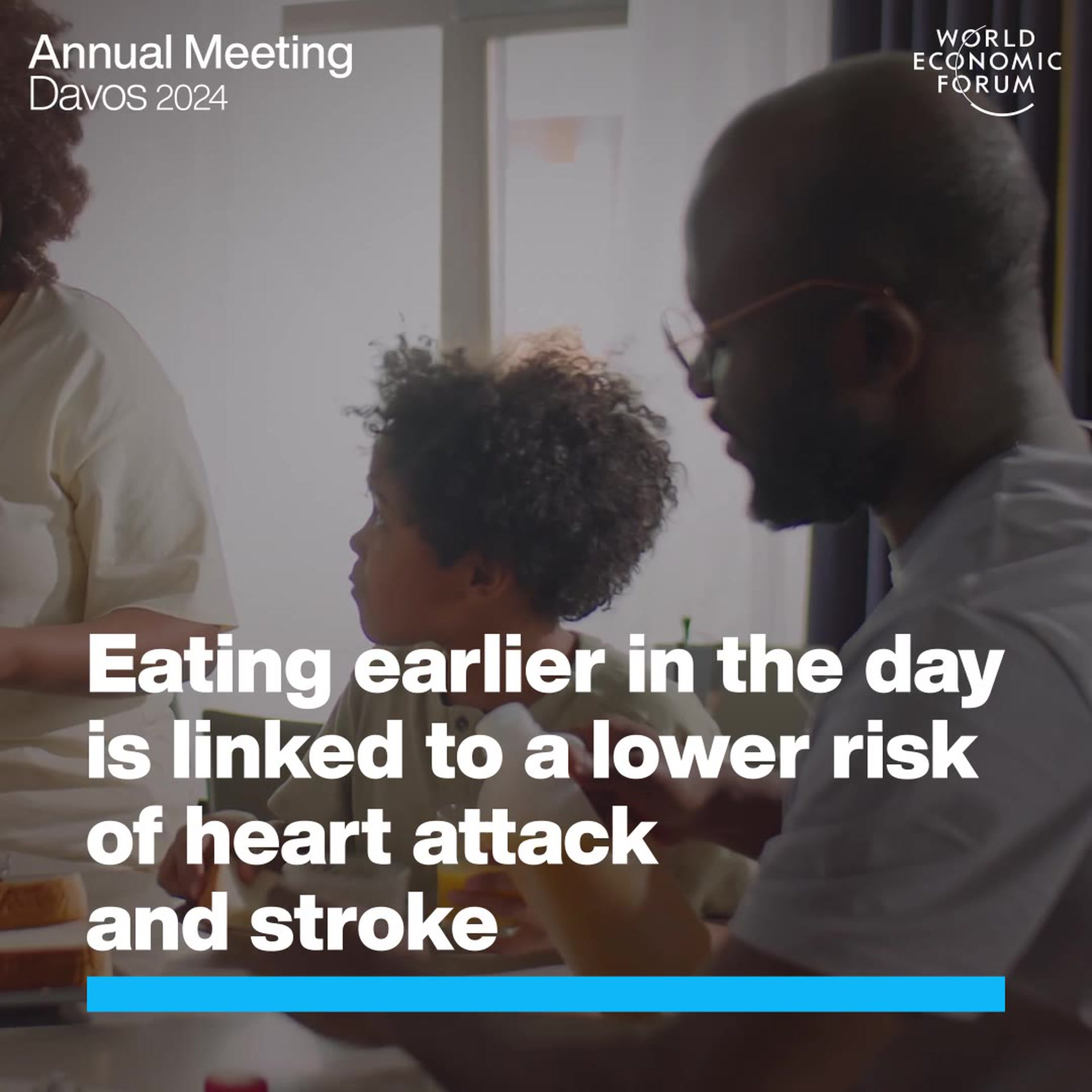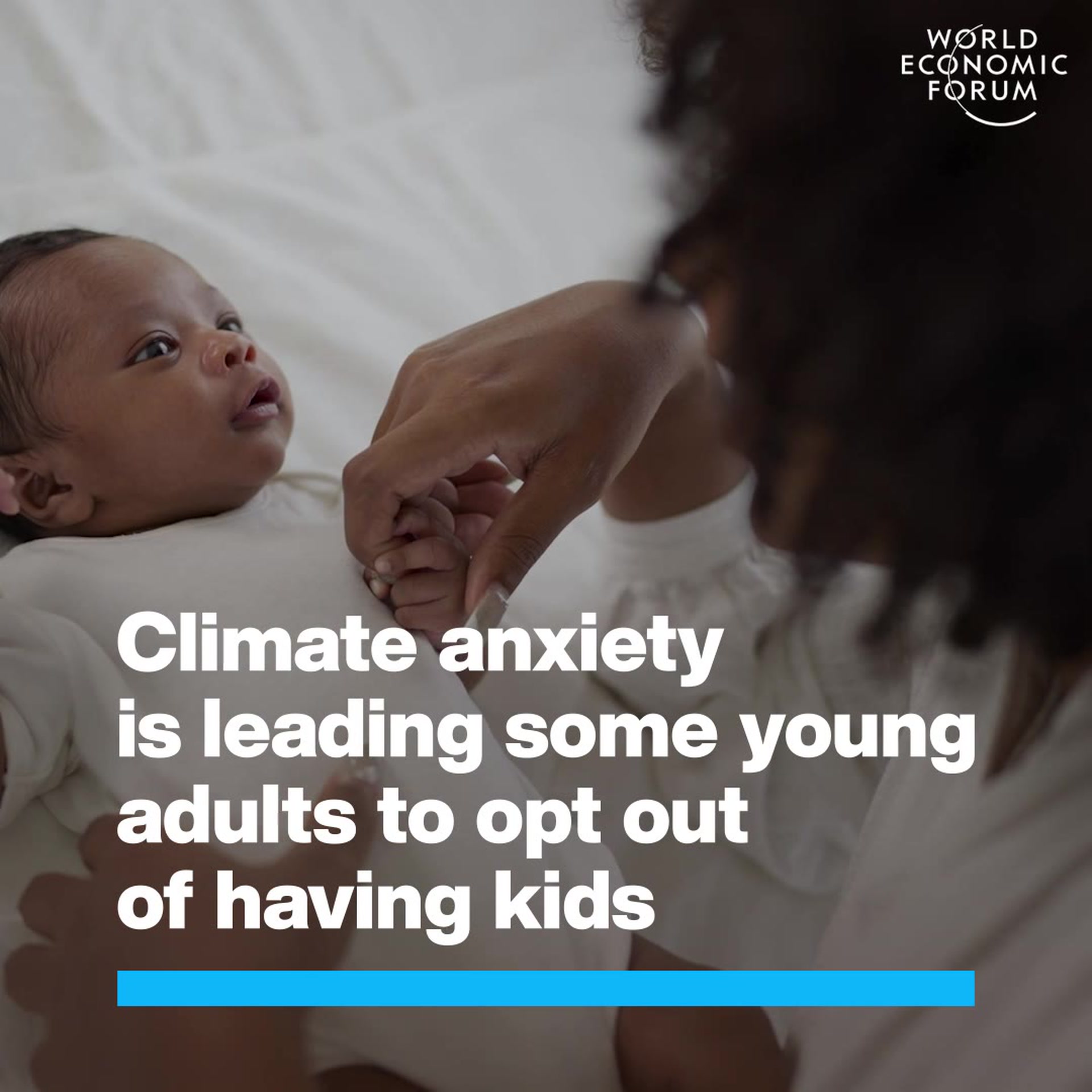The big problem with a common assumption about the poor

Children born to college-educated mothers of high socioeconomic status acted differently to their poorer counterparts. Image: REUTERS/Marvin Gentry

Get involved with our crowdsourced digital platform to deliver impact at scale
Stay up to date:
Behavioural Sciences
In the late 1960s, Walter Mischel, a researcher at Stanford University, invited several hundred children to participate in a game in which they were given a choice: They could eat one sweet right away, or wait and have two a little later. Initially, the goal was simple: to see how and why people (kids in this case) delayed gratification. But after the end of the experiment, Mischel began to check in with as many of the participants' families as he could, and over the following decade he learned that his little experiment probably had much larger implications than he had anticipated.
Many of the children had trouble resisting the single, immediate treat (a marshmallow), which was to be expected. The magnetic force that exists between kids and candies is no secret. What was surprising, however, was that that tendency — the inability to forego something good right now in exchange for something better in a bit — was associated with all sorts of negative life outcomes, including lower levels of academic achievement and higher rates of obesity.
Over time, Mischel's experiment, which is often referred to as "the Marshmallow Test," has turned into perhaps the most famous study of its kind, inspiring many others, including follow-ups by Mischel himself.
Time and again, poor children have performed significantly worse than their more fortunate counterparts. A 2011 study that looked at low-income children in Chicago noted how poor children struggled to delay gratification. A 2002 study, which examined the physical and psychological stresses that accompany poverty, did too. And so have many others.
The realization has sparked concerns that poverty begets a certain level of impulsiveness, and that that tendency to act in the moment, on a whim, without fully considering the consequences, makes it all the more difficult for poor children to succeed. But there's an important thing this discussion seems to miss. Poor kids may simply not want to delay gratification. Put another way, their decisions may not reflect the sort of impulsive nature we tend to attribute them to.
"When resources are low and scarce, the rational decision is to take the immediate benefit and to discount the future gain," said Melissa Sturge-Apple, a professor of psychology at the University of Rochester who studies child development. "When children are faced with economic uncertainty, impoverished conditions, not knowing when the next meal is, etc. — they may be better off if they take what is in front of them."
A recent two-part study conducted by Sturge-Apple shows how the tendency of poorer children to pounce on immediate rewards might not be the result of impulsiveness but rather of careful consideration.
In the first experiment, she monitored the heart rate of 200 low-income 2-year-olds. The monitoring allowed her to approximate each child's vagal tone — a measure of the activity of the vagus nerve, which has been shown to indicate how well a given individual performs under stress (i.e., reads social cues, reacts to environmental contexts, and adjusts behaviors). High vagal tone is good: it suggests a heightened ability to act relatively calmly under stress. Low vagal tone is bad: it suggests just the opposite.
Two years later, at the age of 4, the same children were presented with a choice. Each was sat a table where two plates and a bell were placed. One plate held two M&Ms, while the other held five. The children were told that they could either ring the bell and have the two M&Ms immediately or enjoy the plate of five as soon as the experimenter returned.
Interestingly, each child's vagal tone appeared to have a significant effect on their decision. But — and this is an important but — it didn't have the sort of effect many would have imagined. The higher the child's vagal tone — the greater, in other words, a child's ability to act calmly under pressure — the more likely the child was to ring the bell. The calmer the children were to think it through, the more likely they were to choose the immediate reward.
In other words, they probably weren't acting on impulses or whims, as one might assume. The calculation might have not have been optimal, but it was likely considered, and that informs the sort of intervention psychologists might use to help.
In the second experiment, Sturge-Apple used data from a longitudinal study, which included a sample of 140 mother-and-child pairs. The information gathered was similar. Vagal tone was measured for each child at 18 months. The same test was also administered, this time with three and eight M&Ms, and at age 5 instead of 4. This time, roughly half of the mothers were both college-educated and wealthy, while the other half were both non-college-educated and poor. And it produced a fascinating outcome.
The children born to college-educated mothers of high socioeconomic status acted exactly as one would expect. The higher their vagal tone, or calmness under stress, the more likely they were to hold out for the five extra M&Ms. For children born to non-college-educated mothers of low socioeconomic status, on the other hand, the outcome was exactly the opposite. The higher their vagal tone, the less likely they were to wait.
The chart below, plucked from the study, shows just how stark the divergence is.

Why exactly socioeconomic status appears to have such a severe influence on how children approach this problem is unclear, but Sturge-Apple believes it probably has to do with context. The circumstances in a controlled experiment might be the same for poor and rich kids alike. But the reality for poor and rich kids, which influences not only their behavior but also the inner pendulum that informs their decisions, is quite different.
"One size does not necessarily fit all," Sturge-Apple said. "Our theories, which are based upon limited samples, may not reflect the realities faced by many children."
This might seem like a nuanced point, but it's an important one, because it shapes how we label certain behavior and lift up impoverished youth. If a child is choosing immediate rewards at the expense of future gains not because the child is impulsive, then helping that child adjust to an environment in which resources such as money and other assets (or even just marshmallows and M&Ms) are easier to come by should reflect that understanding.
"It changes the nature of the question from one asking is this a 'bad' or a 'good' behavior to asking, 'What is the function of this behavior for survival and thriving in a resource-poor environment?' " said Sturge-Apple. "I think once we start asking that question, we may find better ways to tailor intervention and prevention work for children at risk."
In some ways, this uncovers a broader problem with how we perceive the actions of people who live very different lives than we do. We brand certain actions and choices as mistakes, when they might simply be developmental adjustments necessary to cope with their environment. For those who don't worry about their next meal, because they never had to, choosing a marshmallow now instead of two marshmallows in a few minutes, all things equal, could only be the result of impulse-driven folly. For those who do have to worry about the next meal, passing up food now for the promise of food later is the misguided move.
While Sturge-Apple's research has focused on children, there's reason to believe the same dubious assumption likely affects how we treat low-income adults. In the United States, contrary to international trends, poor people are far more prone to obesity than their wealthier counterparts. And while there is good reason to believe it is, at least in part, a result not of how much poorer households are eating but ofwhat they are eating, there is also evidence that those who suffer through poverty at a young age develop a fractured ability to regulate eating that can last a lifetime. A three-part study conducted earlier this year found that adults who grew up in low-income households tended not only to eat but to eat roughly the same amount of food, whether they were hungry or full.
To some, this might seem like a question of willpower, but that's likely a bit shortsighted. Assuming the poor are more prone to impulsivity doesn't properly consider the severe circumstances in which many are forced to live, and how those circumstances shape a person's rational behavior.
"When you grow up in these types of environments, you’re effectively being trained to eat when you can instead of when you’re hungry," Sarah Hill, who teaches psychology at Texas Christian University, told The Washington Post earlier this year.
You might also be programmed to eat when possible because experience tells you the next bit of food, however large it might be, is never guaranteed.
Don't miss any update on this topic
Create a free account and access your personalized content collection with our latest publications and analyses.
License and Republishing
World Economic Forum articles may be republished in accordance with the Creative Commons Attribution-NonCommercial-NoDerivatives 4.0 International Public License, and in accordance with our Terms of Use.
The views expressed in this article are those of the author alone and not the World Economic Forum.
The Agenda Weekly
A weekly update of the most important issues driving the global agenda
You can unsubscribe at any time using the link in our emails. For more details, review our privacy policy.
More on Behavioural SciencesSee all
Peter Dizikes
November 27, 2023
Aaron De Smet and Patrick Simon
September 25, 2023
Kate Whiting and Kateryna Gordiychuk
September 6, 2023






